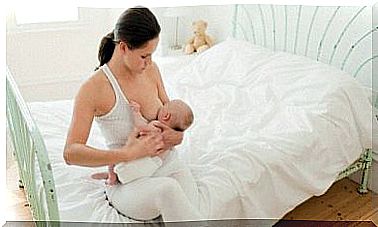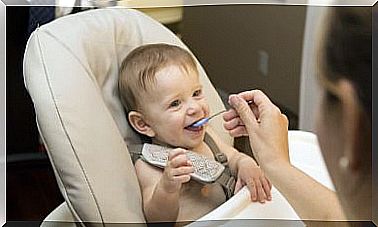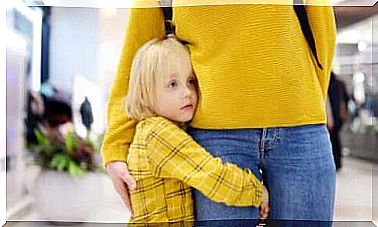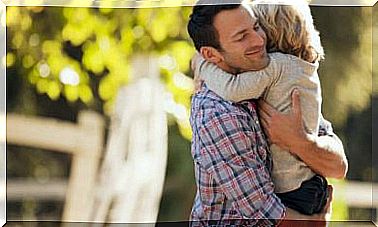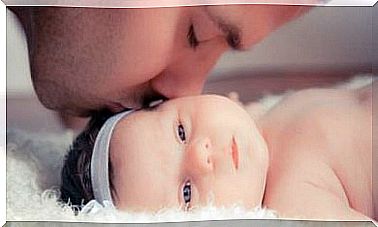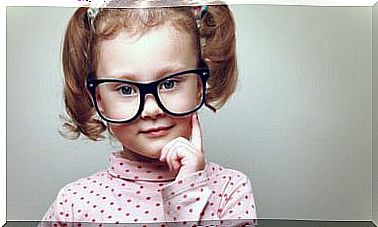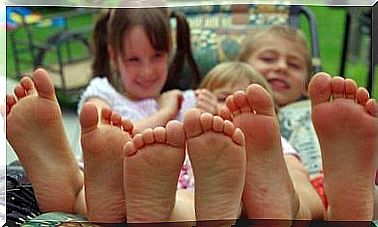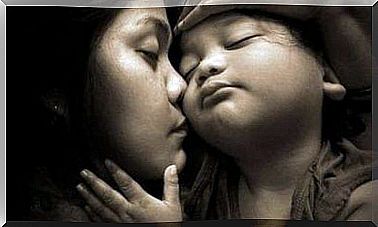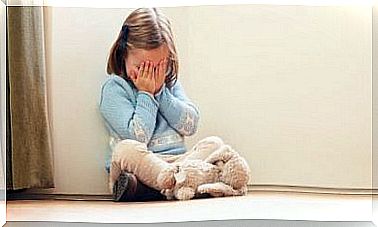The Treatment Of Scoliosis In Children
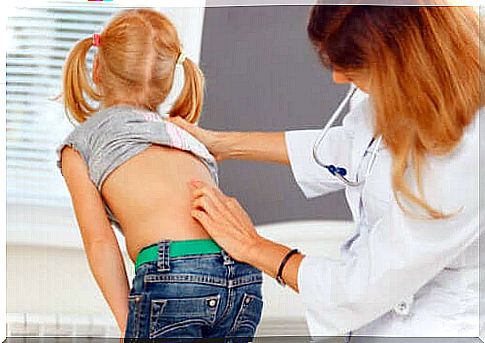
Ideally, treatment of scoliosis in children should only take place after careful physical examination. In addition, it is important to perform specific tests to get a better diagnosis. In addition, specialists must monitor the patient during their developmental stage.
It is very important to investigate and detect possible malformations in the spinal cord at an early age. Children’s bodies are quite flexible and they tend to adapt over time. However, the curves that result from scoliosis can get worse depending on each case.
The treatment of scoliosis in children can be conservative, orthotic or surgical, depending on the severity of the case. Sometimes specialists combine different treatments for better results.
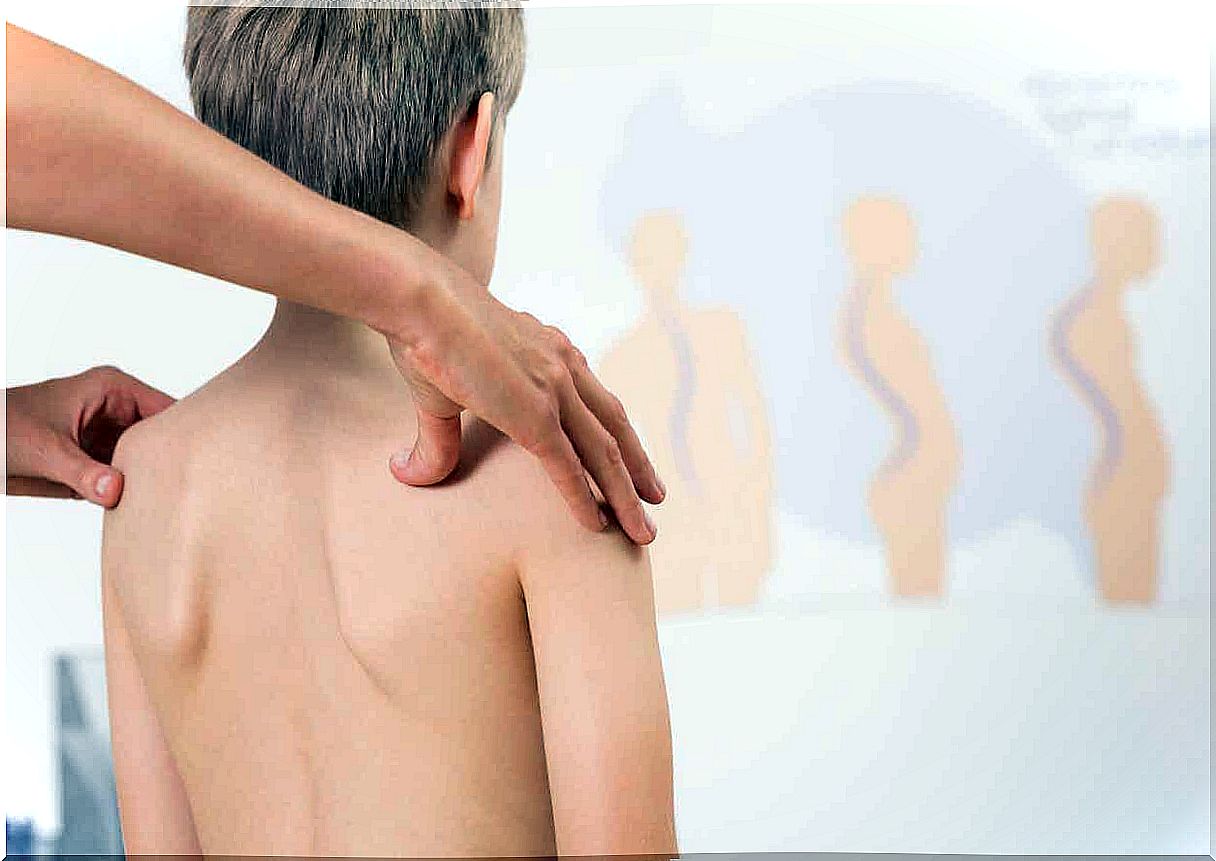
What is scoliosis?
Scoliosis is a malformation of the spine. It involves a change in the alignment of the vertebra in the three planes of motion. Therefore, not only does the spine bend to one side or the other, but it can also cause the vertebrae to twist.
These curvatures can be the result of many different causes. In some cases, they occur from the day the baby is born. In other cases, they can be the result of trauma or surgery. And finally, they can exist as a result of neurological disorders. Most of the time, though, we look at idiopathic scoliosis because there is no obvious cause. Nevertheless, the different types are usually related to the different growth stages. This is why it is sometimes called scoliosis in children or adolescents.
How can we recognize scoliosis in children?
It is possible to identify scoliosis in children after conducting several tests in which doctors analyze the static and dynamic postures of children. These different tests make it possible to assess the spine in motion. This makes it possible to determine whether these deformities are related to scoliotic posture or scoliosis.
In addition, specialists ask for additional examinations, such as X-rays. This test allows doctors to observe the entire spine and measure the curvatures of the vertebra. The results of these measurements are angle values. They help us identify the curvature or degree of rotation of the vertebra. Therefore, this method is used to determine the severity of the abnormality.
On the other hand, magnetic resonance imaging and CAT scans are only performed in case of more serious situations or if there is a possibility for other related diseases.
A test of a child with scoliosis shows signs of asymmetry at the shoulders. You will also notice a difference in the shape of the waist and the inner part of the arms. In addition, there is a possibility that children have one shoulder blade more prominent than the other. However, it is important to rule out other diseases that can cause these deformities.
The treatment of scoliosis in children
After performing a complete physical exam and additional tests, it’s time to choose the best treatment for childhood scoliosis. It depends of course on the age of the child, the evolution and the severity of the curvature. Finally, another aspect to consider is the cause of the malformation and the prognosis, depending on the case of each patient.
With all this information, doctors can determine whether they are dealing with a case of structural or functional scoliosis. In the case of functional scoliosis, it is possible to correct it by reversing the cause or correcting poor posture or muscle contraction.
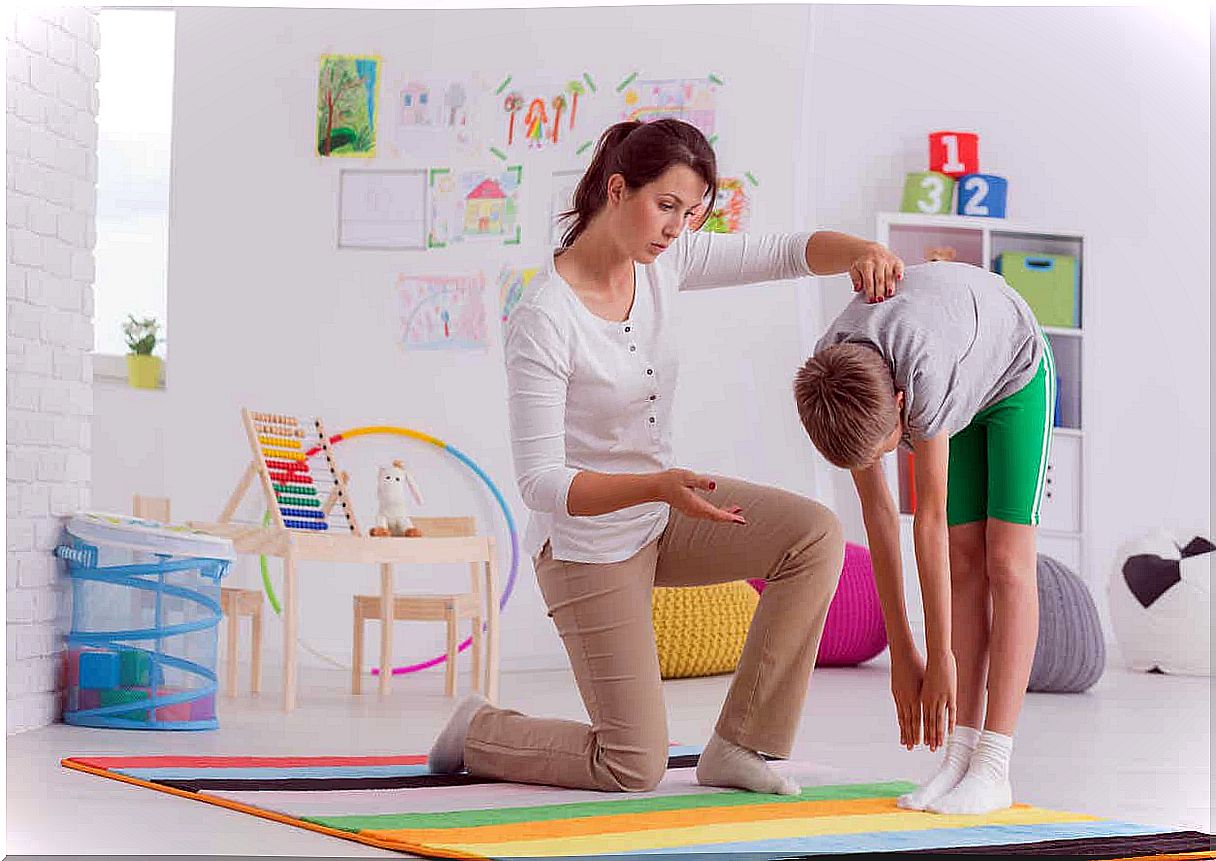
Treatment options
- Conservative treatment: This is the first choice in the case of mild and moderate situations. Conventional physical therapy includes manual techniques, flexibility exercises and muscle strengthening. Furthermore, there are other specialty therapies, such as postural rehabilitation and osteopathy, which seem to be quite effective. Practicing Pilates exercises can also be very effective.
- Orthotic treatment: If the corset design is correct, it can be quite effective in reducing the evolution of the curvature. However, it is important to combine this treatment with exercises from a physical therapist to avoid side effects of not moving the back. This is not a good treatment in the case of extremely mild cases, as conservative treatment would probably suffice. Moreover, if the patient already needs surgery, this would not be necessary either. Finally, it’s worth noting that it can be quite an annoying device and teens usually don’t want to wear it.
- Surgery: This treatment is for more severe cases where the other treatments don’t seem to be enough. When programming spinal surgery, doctors must consider the type of curvature and its possible evolution. In addition, physical therapy treatment may be helpful before surgery.
The sooner children start treatment, the more effective it will be
Regular checkups should include spinal examinations. In addition, parents should pay attention to their children’s attitudes as they grow older. If you notice a change in their spine, you should go to the doctor.
Childhood scoliosis treatment has better results if you start as soon as the curvature first appears. Depending on the cause, it can become more difficult to fix as time goes on. That is why it is extremely important to visit the doctor regularly and to ensure a good posture of your children.
